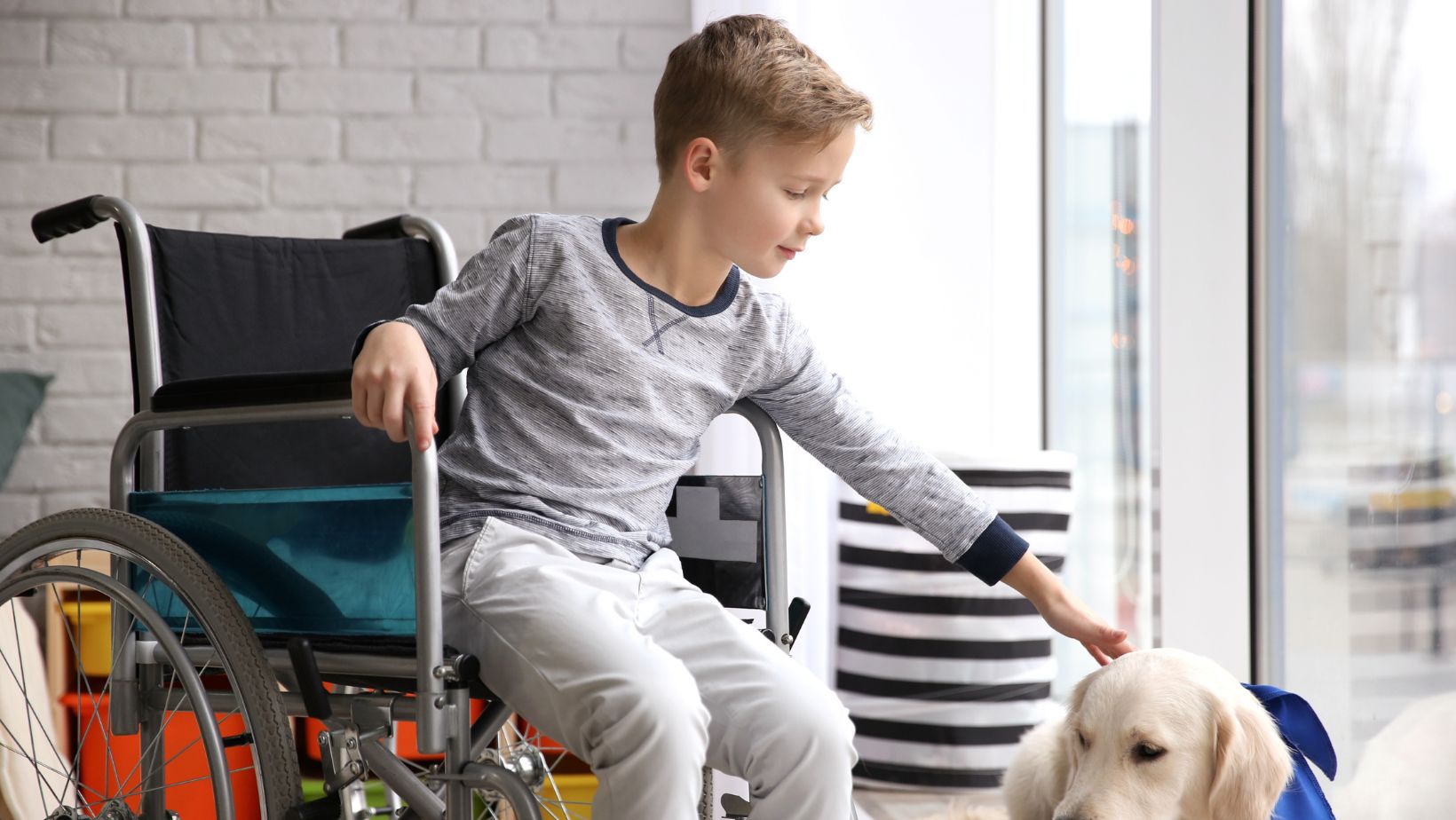How to Calm an Overly Excited Dog
Are you struggling to calm your overly excited Labrador? In this article, I’ll share some effective strategies on how to calm an overly excited dog and highlight the potential dangers of not addressing your Labrador’s excitement.
Dealing with an overly excited dog can be a challenge. When our furry friends become excessively excited, it can lead to various issues such as jumping, excessive barking, and even aggressive behavior. This is especially true for energetic breeds like Labradors.
So, what steps can you take to calm your excitable Labrador? First and foremost, establishing a routine is key. Dogs thrive on predictability, so maintaining a consistent schedule for feeding, exercise, and playtime can help regulate their energy levels. Additionally, providing mental stimulation through puzzle toys or training sessions can redirect their focus and reduce hyperactivity.
However, failing to address your Labrador’s excessive excitement can have serious consequences. Not only does it make daily interactions challenging and potentially frustrating for both you and your dog but it also increases the risk of accidents or injuries. An overly excited dog may unintentionally knock over children or elderly individuals due to their exuberant behavior. Furthermore, uncontrolled excitement may lead to destructive behaviors like chewing furniture or household items.
In conclusion, understanding how to calm an overly excited dog is crucial for maintaining a harmonious relationship with your energetic Labrador. By implementing consistent routines and providing mental stimulation, you can help manage their excitement levels effectively while avoiding the potential dangers associated with unchecked enthusiasm. So let’s dive in deeper into these strategies that will bring peace and tranquility back into your home!

Understanding the Over Excitement in Dogs
When it comes to our four-legged friends, understanding their behavior is essential for creating a harmonious bond. One common issue that many dog owners face is dealing with an overly excited dog. This can be particularly challenging when you have a Labrador, as they are known for their high energy levels and exuberant personalities.
So, why do dogs become overexcited? There are several factors that contribute to this behavior:
- Lack of Exercise: Dogs need regular physical activity to burn off excess energy. Without proper exercise, they can become restless and hyperactive.
- Lack of Mental Stimulation: Dogs also require mental stimulation to keep their minds engaged and prevent boredom. When they don’t have enough mental challenges or toys to play with, they may channel their energy into excessive excitement.
- Fear or Anxiety: Some dogs become overly excited as a result of fear or anxiety. Certain situations or stimuli can trigger this response, causing them to display hyperactive behaviors as a coping mechanism.
- Reinforcement of Excitability: Sometimes unintentionally, we may reinforce our dog’s overexcitement by giving attention or rewards when they display such behavior. This teaches them that being excessively excited will get them what they want.
The dangers of not addressing an overly excited Labrador can be significant:
- Increased Risk of Injury: An overly excited dog may engage in rough play or exhibit impulsive behaviors, increasing the chances of accidents and injuries both for themselves and those around them.
- Difficulty in Training: Excessive excitement can make it challenging to train your Labrador effectively. Their heightened state makes it harder for them to focus on commands and follow instructions.
- Negative Impact on Social Interactions: A hyperactive dog might have difficulty interacting calmly with other dogs or people due to their lack of impulse control and inability to regulate their excitement levels appropriately.
Now that we understand the underlying reasons behind overexcitement in dogs and the potential dangers of not addressing it, let’s explore effective strategies for calming an overly excited Labrador. By implementing these techniques, you can help your furry friend find balance and lead a more relaxed and contented life.